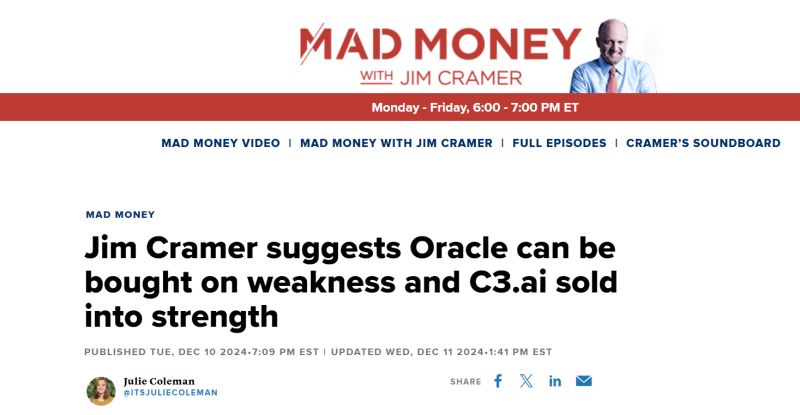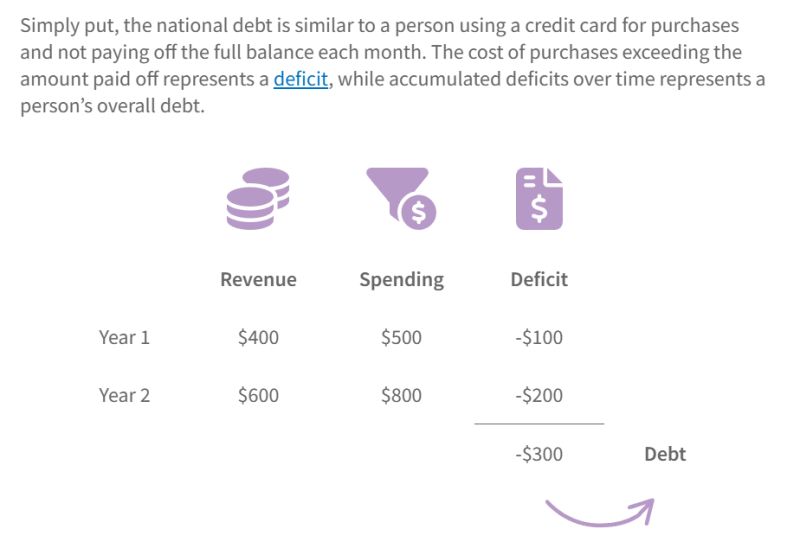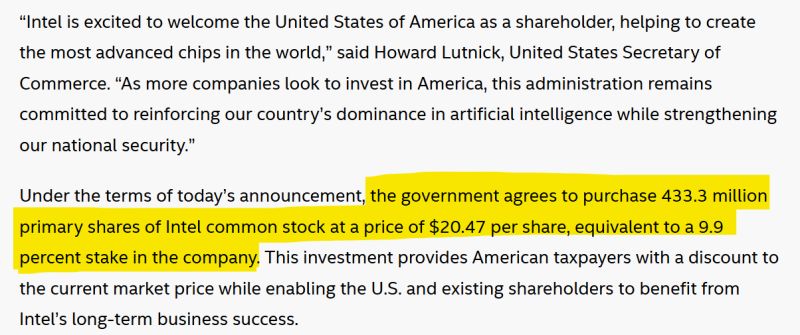Here is a story from a darker age.
Picture this: It is 2007.
You are finishing an important email when — BAM! — your browser freezes. Not just one tab, everything. That pop-song video you left open in another window? It just assailed your unsaved work.
Welcome to life before Chrome.
Back then, browsers were really clunky:
Internet Explorer 6 was the chief clunker that broke down constantly but came pre-installed
Firefox was the enthusiast’s project – powerful but prone to engine fires
Restoring tabs after a crash?
It was nightmarish!
Until Chrome came calling in 2008, that is.
• Single-tab crashes? Isolated clinically
• Sluggish websites? A new JavaScript engine made them fly
• That annoying search bar? Merged into one magical Omnibox
For the 17 years since then, Chrome has ruled unchallenged.
It didn’t just win the browser wars — it rewired the browser completely. Most of us today forget how bad things really used to be.
Perfect time then for the plot twist.
Enter Perplexity, reportedly making an astonishing $35 billion bid for Chrome.
I am not really focussed on the outcome here (of Perplexity’s bid, that is) but on the fact that the bid in itself signals the next chapter in the evolution of browsers: the age of link-collecting browsers is ending.
This bid is perhaps really about drawing attention to Perplexity’s own web browser — Comet
Now imagine this future:
where the primary focus of a web browser shifts from being used for general browsing to one that delivers AI-powered research and answers …
monetizes through subscriptions…
… and has zero ad tracking.
For those you who lived through the IE6 dark ages, this may feel like deja vu.
For the Gen Z (having not seen the hellish IE6)?
They will probably ask ‘What’s even a browser?’ as AI blends into everything.
P.S. : For those of you who are Product Managers, guaranteed that Scott McCloud’s comic book, created in mid-2008 (you will find the link in comments) explaining the inner workings of Chrome, will not only bring a smile to your face while you read it, but it will also simplify Chrome’s 2008 innovations in layperson terms.
Makes it the best product explainer ever written?



